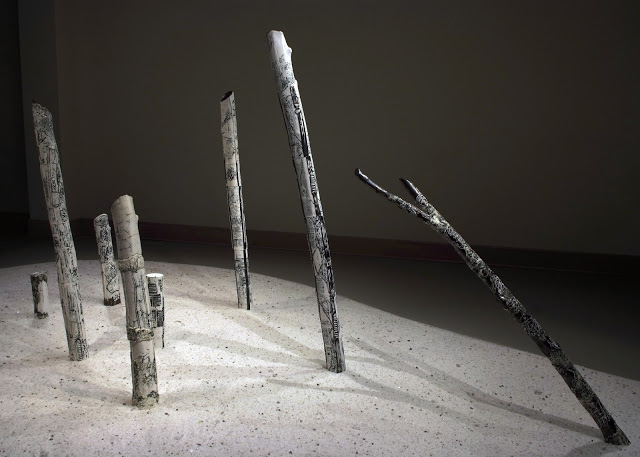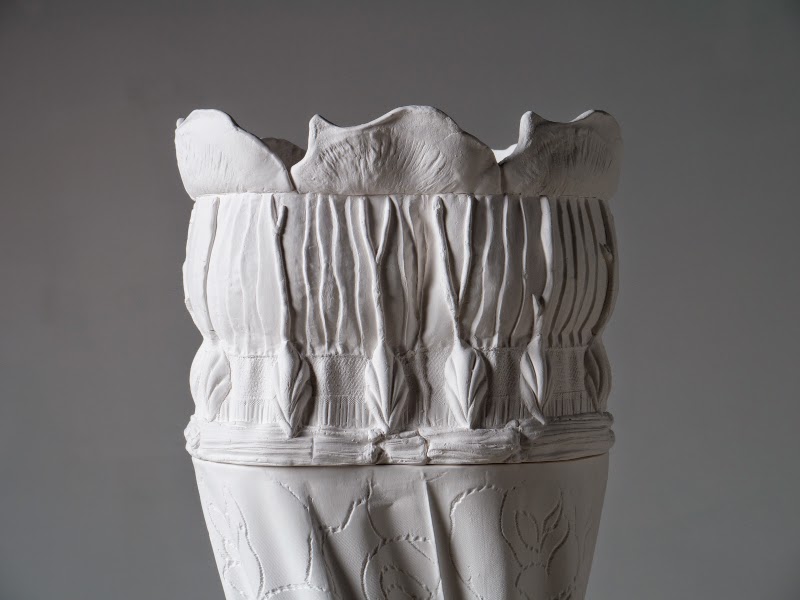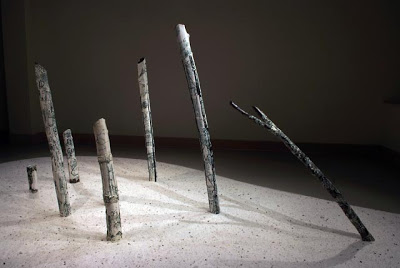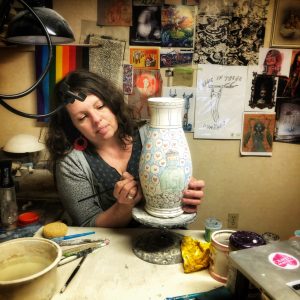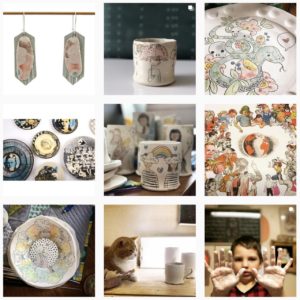“From the beginning of time, people from around the world have
manipulated clay into functional, decorative and sculptural forms.
Easily accessible and versatile by its very nature, clay has long been a
popular medium for sculptural works and was one of the earliest mediums
humans used to document the world in which they lived. For historians
and archaeologists, clay works have provided information on how humans
once conducted their daily lives, maintained relationships and social
order in addition to offering insight on their belief systems.
Distributary, curated by Chris Pancoe, will bring together
the sculptural works of seven ceramic artists who live (or have lived)
in Manitoba: Trudy Golley, Carmela Laganse, Grace Nickel, Kelli Rey,
Kevin Stafford, Peter Tittenberger, and Lin Xu. Distributary examines
how these artists use clay as a medium to document their interactions
with nature, everyday objects, and/or popular culture.
The title Distributary was chosen for the aptness of its
definition: a river that branches off of and flows away from the
mainstream. Not only is the title appropriate because clay is mostly
harvested from riverbanks but also for the way in which each artist
chosen for this project has individually branched off of and flowed way
from the mainstream, challenging the notions of clay as craft and
flowing into contemporary contexts.”
2nd Floor,
290 McDermot Avenue,
Winnipeg, MB
R3B 0T2 |
tel: (204) 944-9763 | email: [email protected]
www.aceart.org

